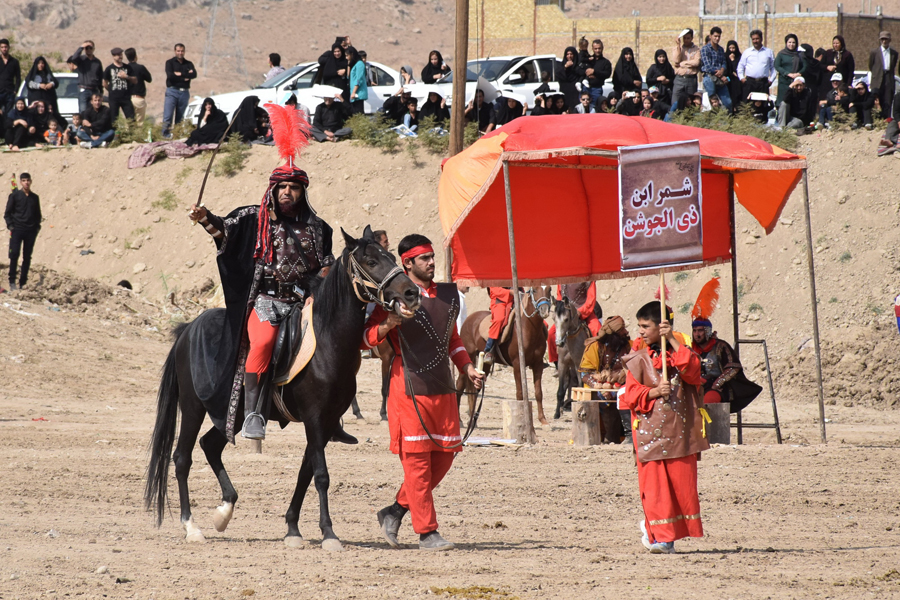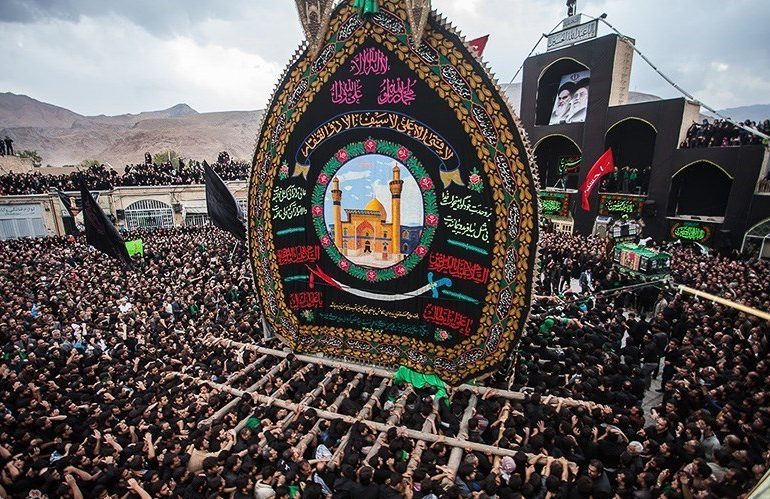Muharram ceremonies (Tasua and Ashura 9&10 Sept-2019), as religious events, can be highlighted to familiarize domestic and foreign tourists with the religious and cultural features of Iranian society. Iran is a historical country, and its present religion is mainly Shia Islam, which is held by most people. Tasua and Ashura ceremonies are cherished in most parts of this country through different shows.
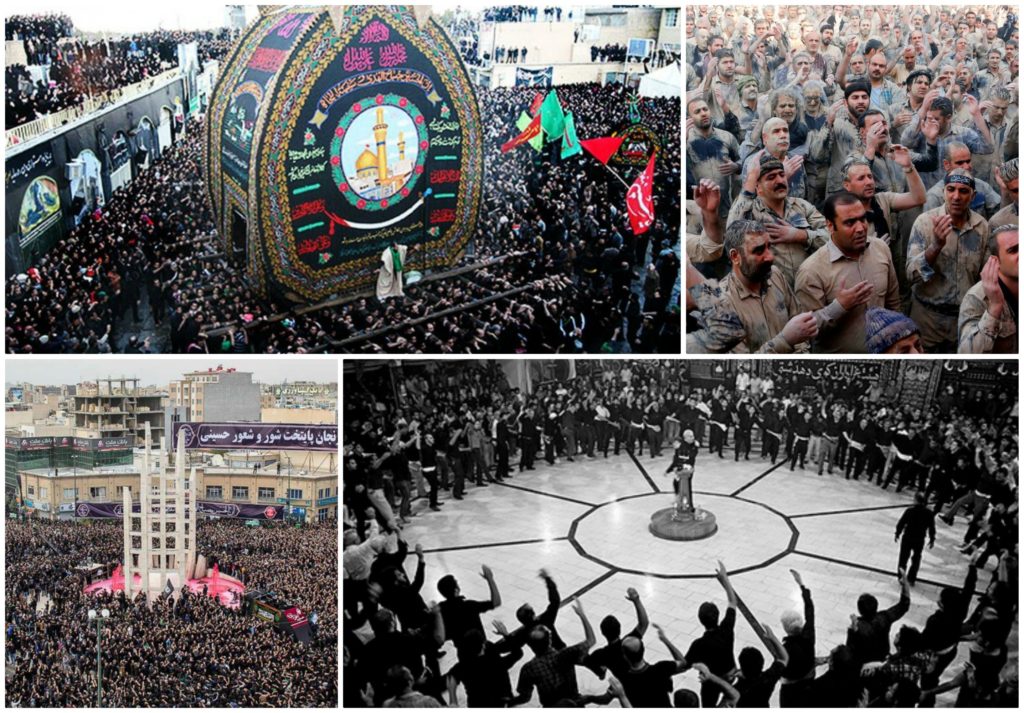
Tasua
Tasua, the ninth day of the Islamic month of Muharram, marks the eve of the anniversary of the 7th-century martyrdom of Imam Hussein, the third Shia Imam. Processions march down the streets or gather in mosques across the country as the faithful beat their chest en masse in hypnotic harmony. Meanwhile, nazri, votive food offerings, are distributed among the people.
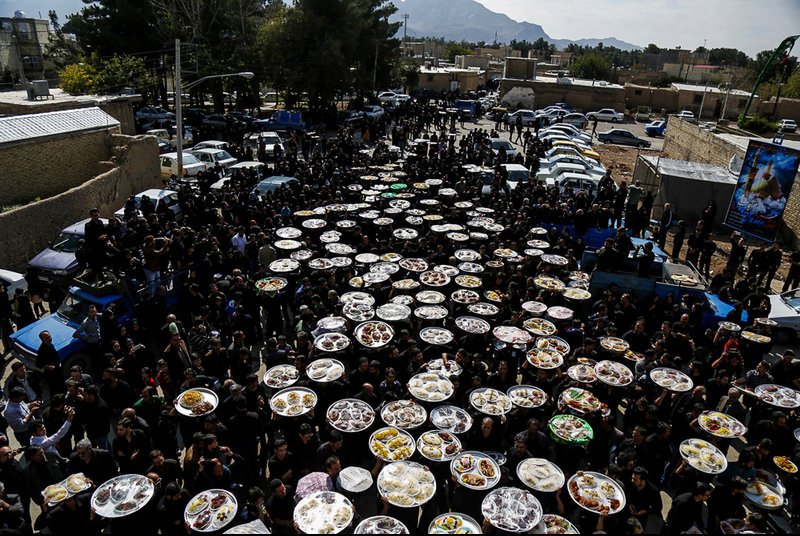
Ashura Ashura is the 10th day of Muharram, coinciding with the martyrdom of Imam Hussein. The somber performance art known as ta’zieh (inscribed as a UNESCO Intangible Cultural Heritage) reenacts this martyrdom in the Battle of Karbala and is ubiquitous across cities. Another exceptional opportunity to learn about Shia Islam in Iran, Ashura, much like Tasua, requires an open mind and visitors’ utmost respect
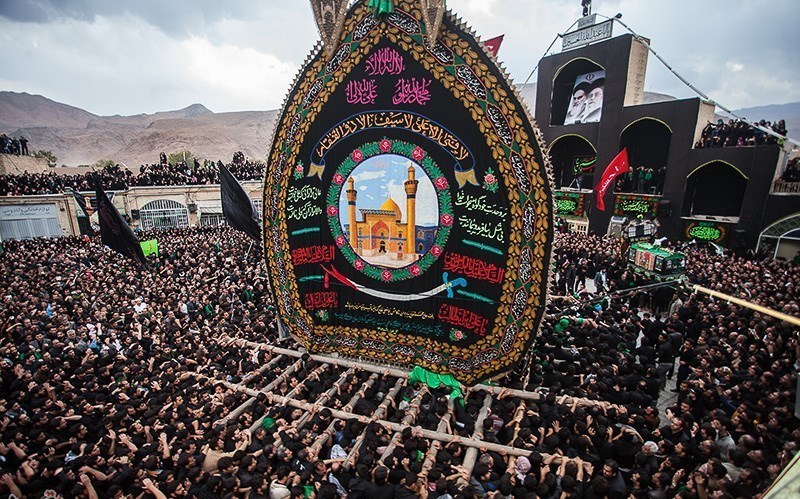
Ta’zieh in Iran – A UNESCO Intangible Cultural Heritage
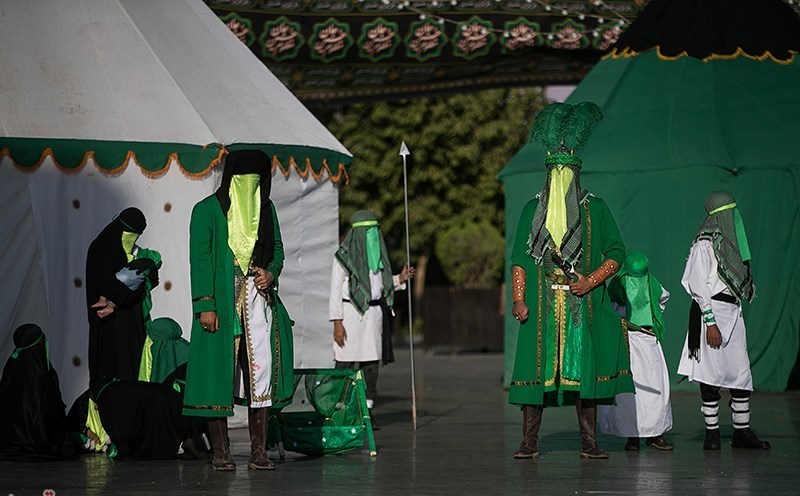
One form of mourning is the theatrical re-enactment of the Battle of Karbala. In Iran this is called taziya or taziyeh.
Taziyas were popular through the Qajar dynasty until the early twentieth century, but the re-enactments slowly declined until they were mostly abandoned in the large cities by the early 1940s.
Ta’zieh has been held 400 years in some parts of the province such as Armaghane Khaneh and Meshkin.
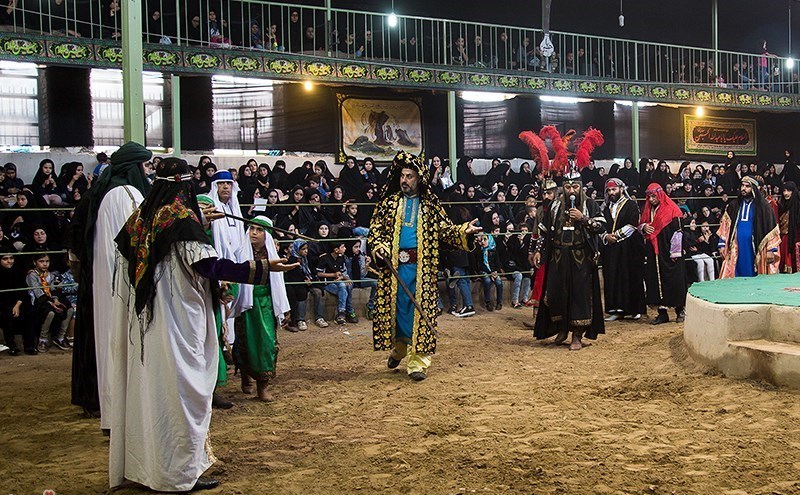
One of these shows is performed in the town of Taft located in Yazd province. Stepping Back in Time – the Medieval Village of Taft
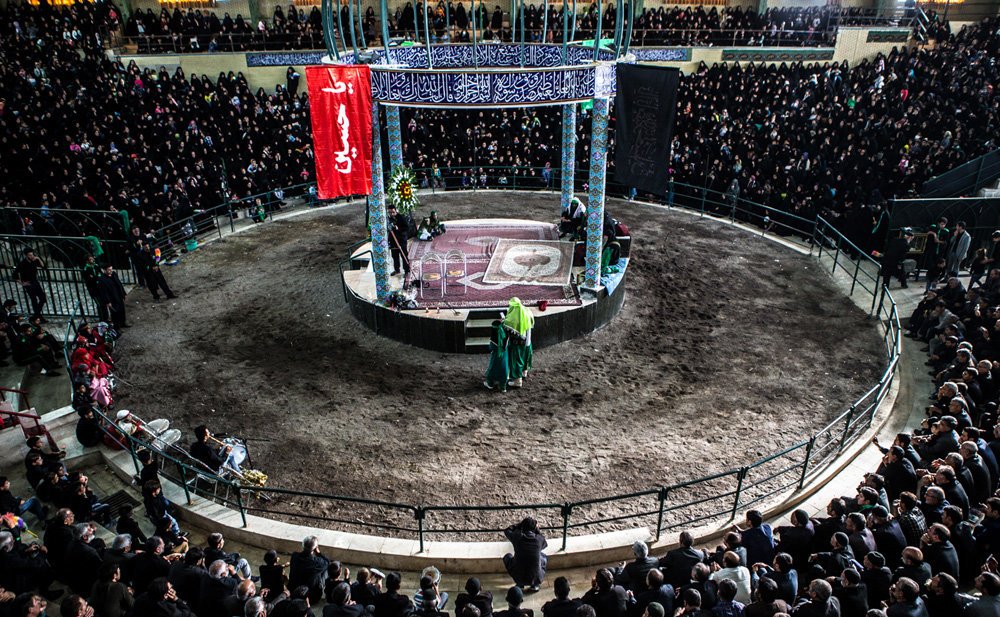
the city of Khorramabad, locals engage in the symbolic ritual of kharrah mali, or mud rubbing.
